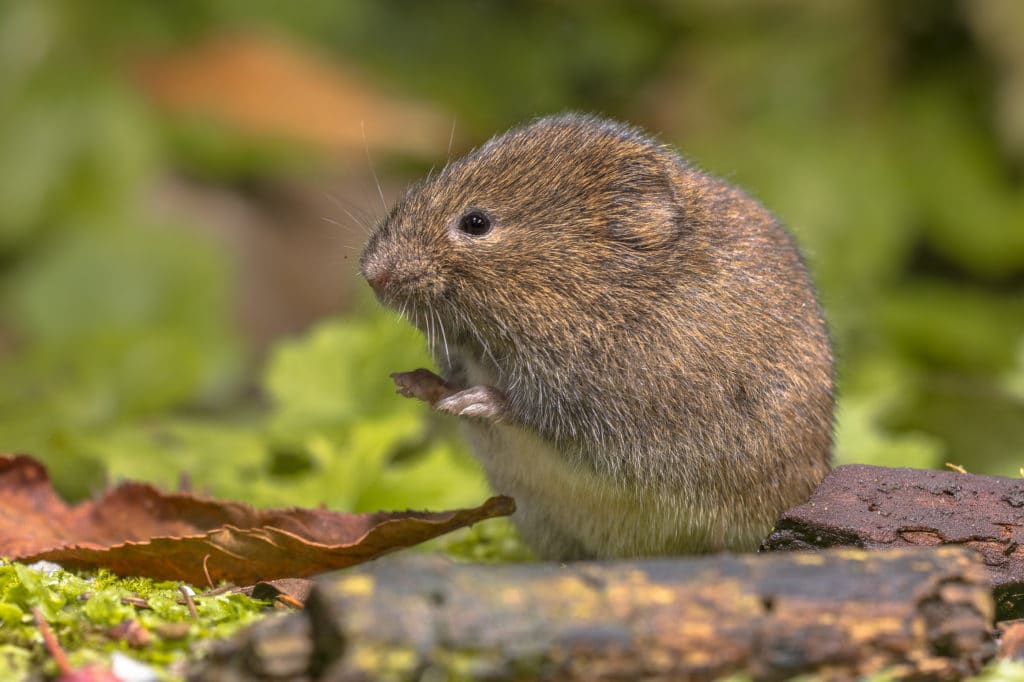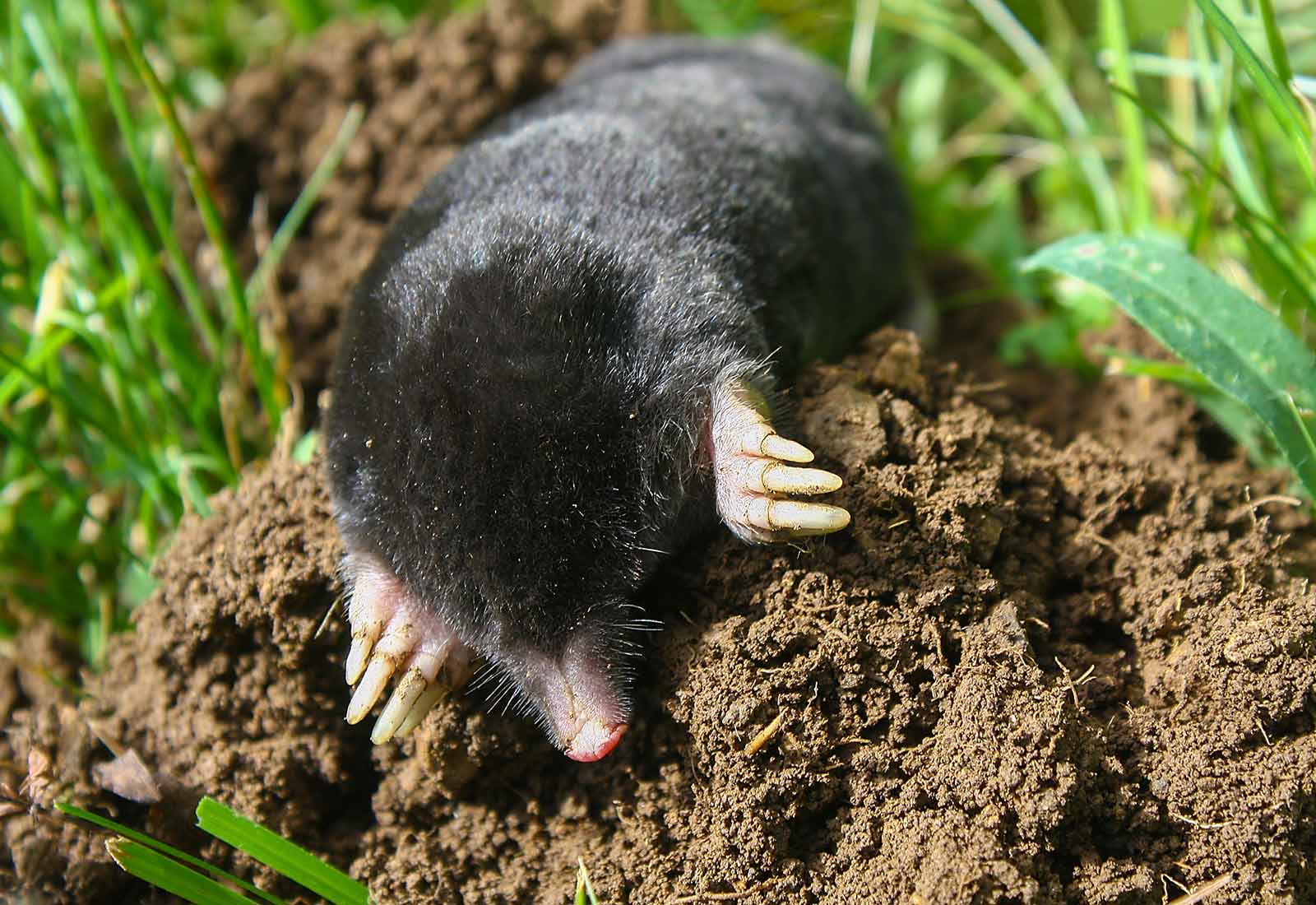Relied On Vole Control in Utah: Solutions for Your Property
Relied On Vole Control in Utah: Solutions for Your Property
Blog Article
Comprehensive Guide to Effective Vole Pest Control: Problem Recognition and Treatment Methods
In the world of reliable pest control, vole invasions pose a distinct obstacle that demands a tactical method. By exploring the nuances of vole behavior, comprehending key indications of invasion, and examining a variety of control options, one can create an extensive technique to fight these evasive bugs.
Recognizing Vole Actions
Vole actions is identified by their burrowing practices and rapid reproduction rates, making them a difficult bug to manage effectively. Their quick reproductive rate additional complicates control efforts, with women capable of producing numerous clutters in a single year, each having a number of children.
Recognizing vole actions is critical for efficient pest control strategies. By determining their burrow places, keeping an eye on feeding areas, and carrying out targeted control techniques, such as capturing or habitat modification, vole infestations can be taken care of effectively.
Indications of Vole Infestation

Prevention Approaches
Carrying out effective prevention techniques is important in reducing vole problems and safeguarding vegetation from their damaging feeding behaviors (vole control utah). To prevent vole invasions, it is important to begin by getting rid of prospective food resources and shelter. Maintain grass and vegetation cut short, remove weeds and debris, and keep a tidy yard or lawn to make the area less attractive to voles. Setting up obstacles such as equipment towel or underground fencing can additionally help prevent voles from entering particular locations. In addition, minimizing excess dampness by dealing with leaky pipes and making certain proper drainage can make the setting much less welcoming for voles.
Routinely checking the residential property for indications of vole task, such as runways and tunnel openings, is crucial for early detection and timely action. If vole task is visit believed, take into consideration utilizing catches or repellents strategically placed near their pathways.
Non-Lethal Control Methods
To effectively handle vole populaces while focusing on gentle methods, non-lethal control approaches offer useful services for decreasing vole damages in yards and landscapes. One effective technique is the use of physical barriers such as hardware towel or cord mesh to secure vulnerable plants. These barriers can be hidden at the very least 12 inches deep and bent at a 90-degree angle to stop voles from delving underneath. Additionally, habitat adjustment can hinder voles by lowering their liked food resources and hiding spots. Keeping a well-mowed lawn, eliminating debris, and maintaining plant life cut can make the environment much less attractive to voles.

Lethal Control Options
One efficient approach for attending to vole infestations in landscapes and gardens includes the calculated use lethal control choices. When confronted with a serious vole infestation that non-lethal methods have fallen short to include, implementing lethal control actions ends up being vital. One commonly utilized lethal control choice is making use of breeze traps. These traps are created to rapidly and humanely eliminate voles upon activation, making them a prominent option for many gardeners and landscaping companies. To enhance the performance of breeze traps, it is suggested to put them in areas where vole activity is high, such as along runways or near burrow entrances. One more deadly control alternative is the use of toxic lures particularly created to target voles. These baits include poisonous substance that is ingested by the voles, causing their ultimate demise. Nonetheless, care needs to be worked out when using poisonous baits to stop harm to non-target pets or family pets. Generally, when using lethal control options, it is vital to do so properly and in conformity with local guidelines to efficiently take helpful resources care of vole invasions.
Verdict
To conclude, effective vole pest control requires a thorough understanding of vole actions, recognition of signs of invasion, implementation of avoidance methods, and utilization of both non-lethal and deadly control approaches. By combining these methods, people can effectively handle vole populaces and safeguard their home from damages. It is necessary to attend to vole infestations promptly to avoid further problems and lessen the effect on the surrounding environment.
Provided the detailed tunnel systems and quick reproduction rates particular of voles, identifying the indications of vole invasion becomes essential in effective parasite control. One of the key indications of vole presence is the visibility of surface runways or routes in grass or snow, generally about 1-2 inches broad, created as voles take a trip in between their burrows and food resources.To successfully manage vole populations while focusing on humane approaches, non-lethal control techniques offer practical services for lowering vole damages in yards and landscapes.One effective method for resolving vole infestations in yards and landscapes involves the critical use of deadly control options. vole control utah.In verdict, reliable vole insect control needs an extensive understanding of vole behavior, recognition of signs of invasion, execution of prevention methods, and use of both lethal and non-lethal control methods
Report this page